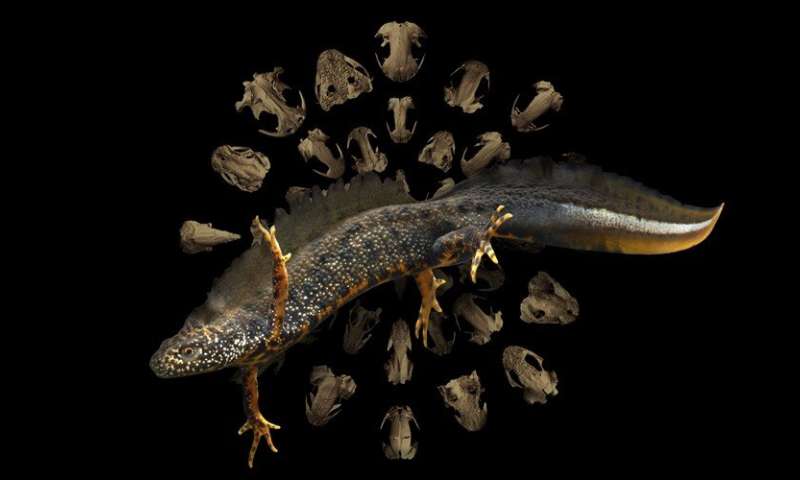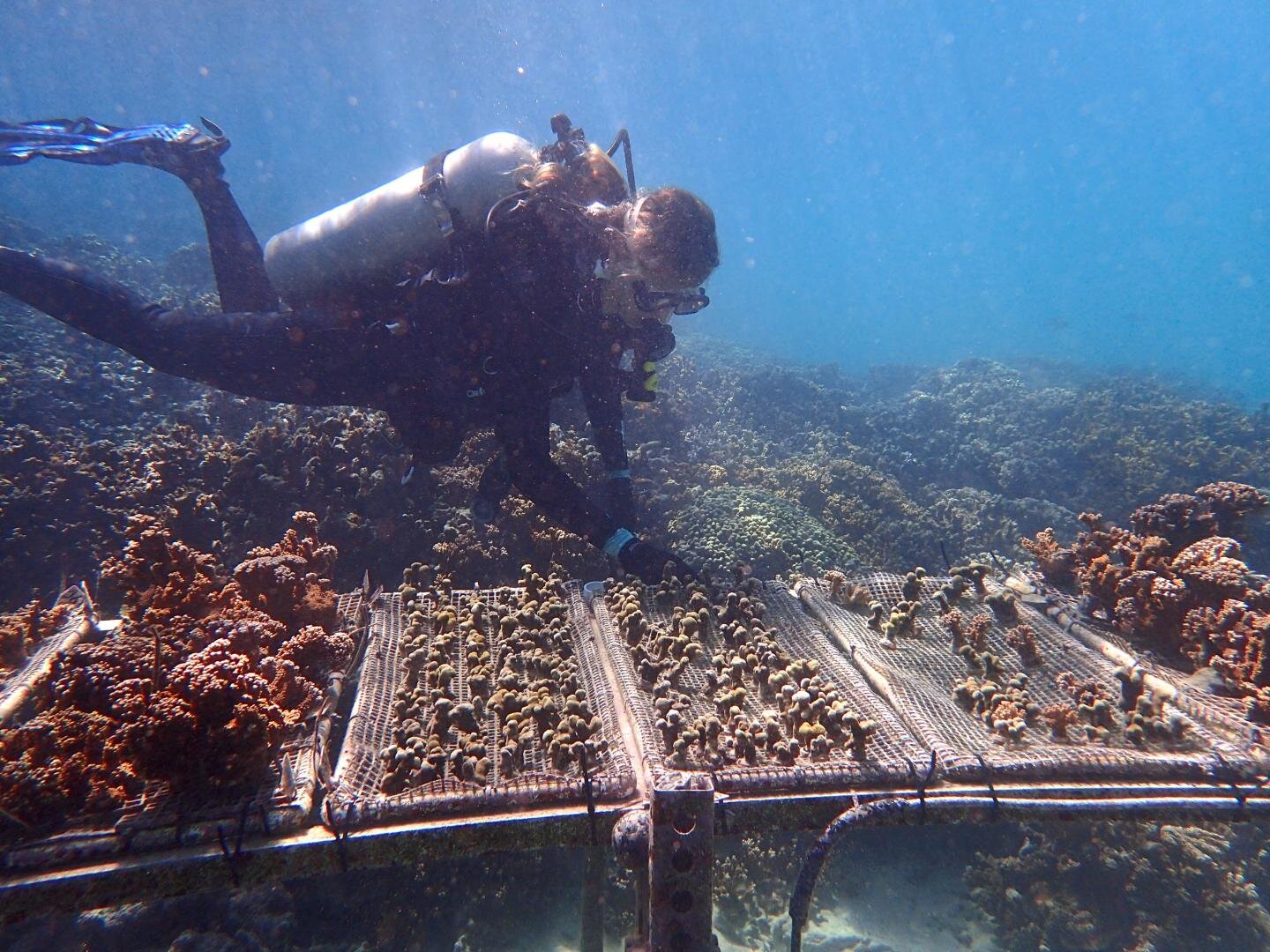#New study reveals how metamorphosis has shaped the evolution of salamanders
“#New study reveals how metamorphosis has shaped the evolution of salamanders”

A team of scientists, led by Natural History Museum postdoctoral researcher Dr. Anne-Claire Fabre, have conducted the first study on how metamorphosis has influenced the evolution of salamanders.
Using micro-CT scanning to study the skulls of this group of animals, the team were able to build a huge dataset of 148 species of salamanders and used cutting-edge methods to describe the shape of the skull with nearly 1000 reference points, known as landmarks.
Dr. Fabre said, “Most studies of this kind are limited to just a few dozen landmarks. Our study is the first large-scale investigation of this incredibly diverse group. We have captured the shape of the skull in such great detail that it has allowed us to learn more than ever before about how these creatures evolved.”
The results showed that the ancestor of all salamanders was metamorphic but that different life cycles have evolved at least 11 times across the group. Even more interesting, when different life cycles evolve, salamanders show a burst of rapid evolution, showing that shifts in life cycle promoted the evolution of new forms and increased their diversity.
Prof. Anjali Goswami, a research leader at the Natural History Museum, who is the senior author of the study, said, “We can see that metamorphosis has profoundly influenced salamander evolution, allowing for more independent evolution of the parts of the skull related to feeding and ultimately resulting in a greater diversity of skull shapes. This means that metamorphosis, and repeated changes from metamorphosis to other life cycles like live birth or losing the larval or adult stage entirely, have been key drivers of the diversity of salamanders over the past 180 million years.”
The team also discovered that different parts of the skull don’t always evolve in the same way. In species that undergo metamorphism, the different parts of the skull evolve more independently. This often results in more diversity, especially in specialization for different feeding behaviours. This flexibility is particularly useful in metamorphic species as they change their diets throughout their life.
The team conclude that this greater independent evolution of parts of the skull might be part of the reason why metamorphic species show lots of diversity in many other groups and may be the reason why this extremely complex life cycle is so common across animals. More than half of vertebrates and 80% of insects go through metamorphosis, which requires massive changes in anatomy and ecology through life. Why such a complicated process would be so common is a big mystery, but it is though that it might avoid competition between juveniles and adults. This new study shows that metamorphism has a huge impact on salamander evolution and helps explain their incredibly diversity in anatomy by allowing greater evolutionary independence of different structures. Identifying what characteristics influence how animals evolve helps us understand how different species respond to changes in their environment, and this new study shows that life cycle, and changes in life cycle, are a big part of that picture,
This project is part of a larger study of skull evolution across all vertebrates (fish, amphibians, reptiles, birds, and mammals) led by NHM Research Leader Prof. Anjali Goswami. In the past few years, the team have published studies using this innovative approach in birds, snakes, lizards, frogs, and caecilian amphibians, with studies of dinosaurs, crocodiles, turtles, and mammals coming soon.
Their ambitious plan is to try to capture the shape of life on the planet and to understand how factors like life cycles, ecology, habitat, and extinction drive the diversity of species in the past, present, and future. They hope the study will help us to predict how species with different life cycles might respond to changes in climate and other environmental factors in the future and assist us in protecting them.
All of the 3-D scans are available free online on the NHM’s Phenome10K.org database, making it possible for anyone to download the scans.
The study, “Metamorphosis and the evolution of morphological diversity in salamanders,” is published in the journal Nature Ecology & Evolution.
More information:
Anne-Claire Fabre et al. Metamorphosis shapes cranial diversity and rate of evolution in salamanders, Nature Ecology & Evolution (2020). DOI: 10.1038/s41559-020-1225-3
New study reveals how metamorphosis has shaped the evolution of salamanders (2020, June 23)
retrieved 23 June 2020
from https://phys.org/news/2020-06-reveals-metamorphosis-evolution-salamanders.html
This document is subject to copyright. Apart from any fair dealing for the purpose of private study or research, no
part may be reproduced without the written permission. The content is provided for information purposes only.
If you want to read more Like this articles, you can visit our Science category.
if you want to watch Movies or Tv Shows go to Dizi.BuradaBiliyorum.Com for forums sites go to Forum.BuradaBiliyorum.Com




